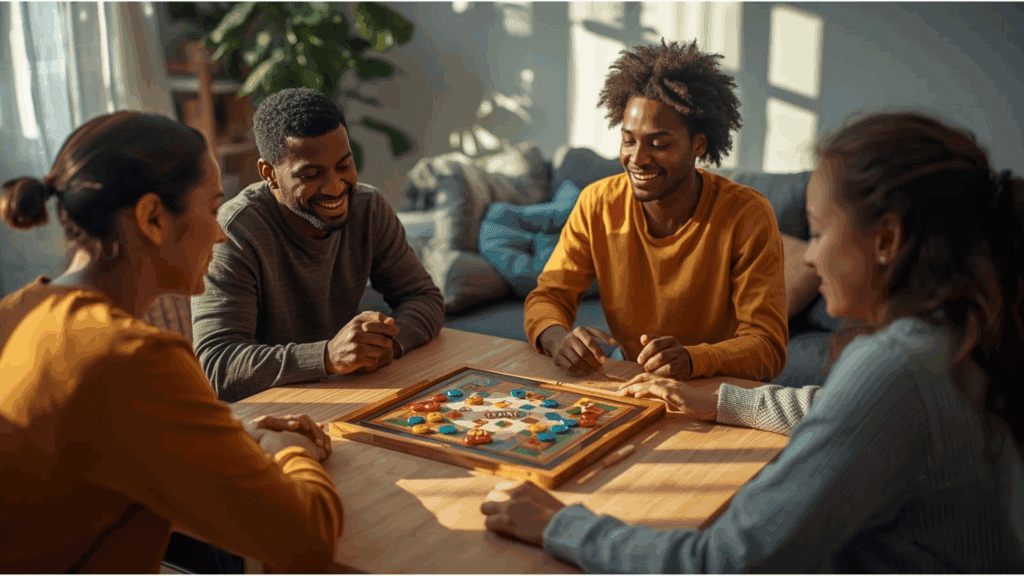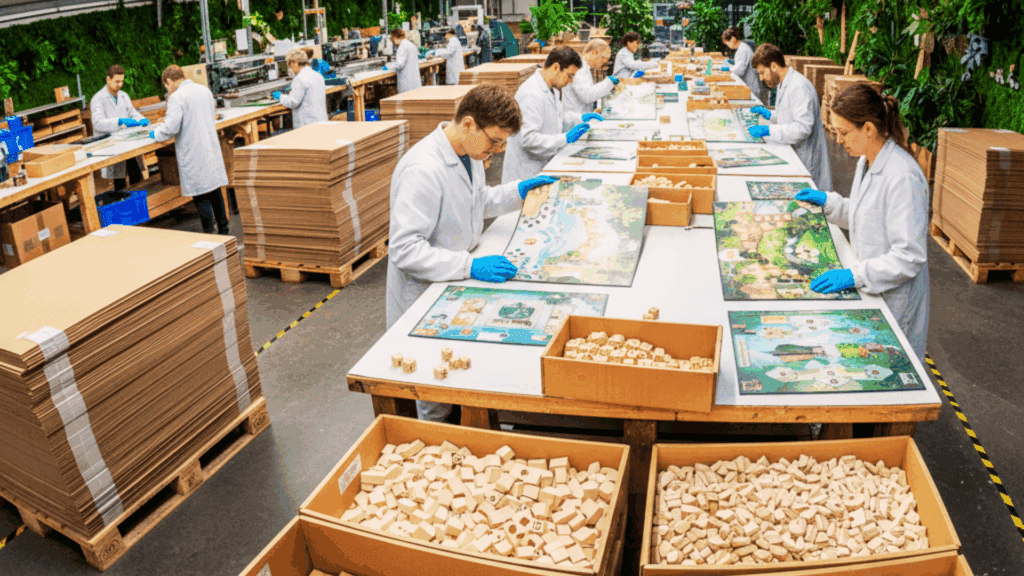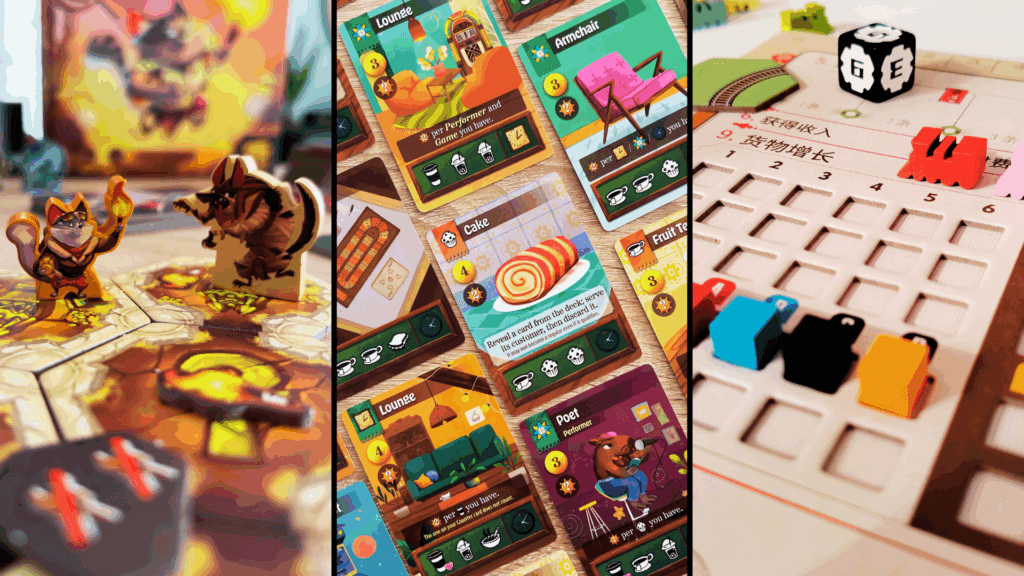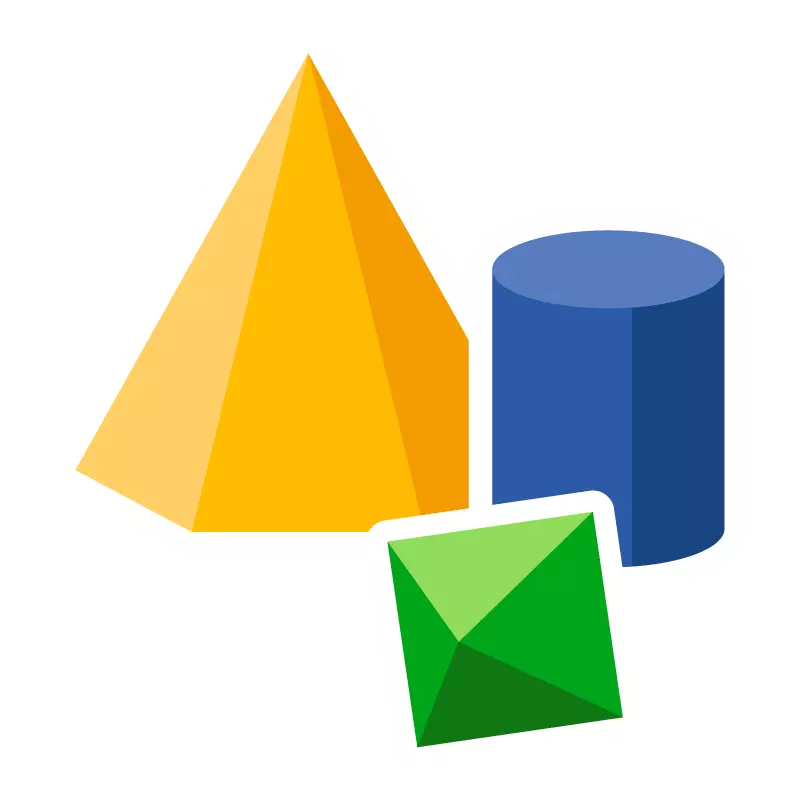

Dive into our insights for publishers & designers!
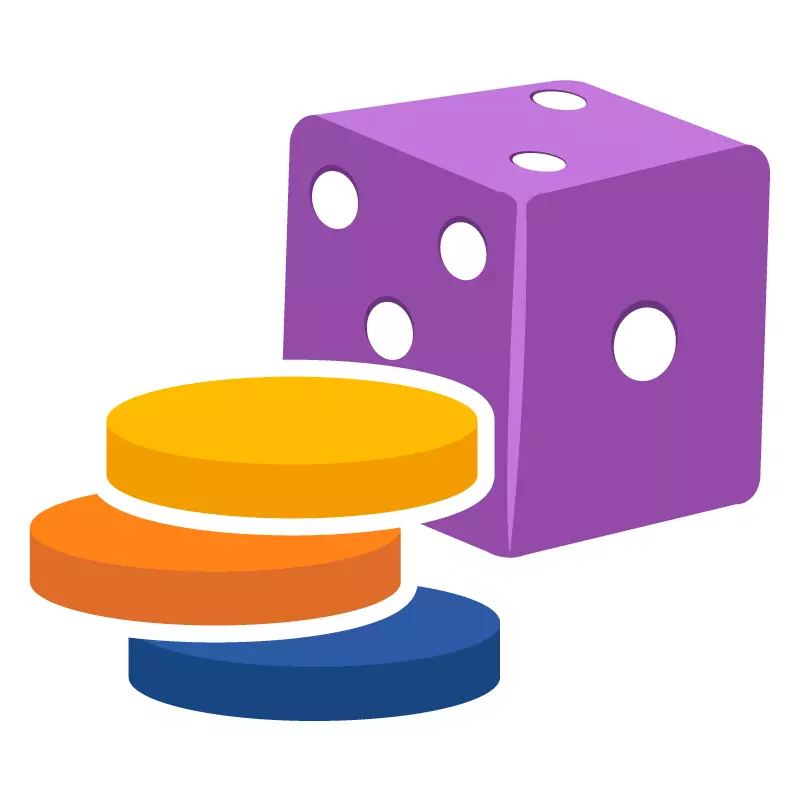
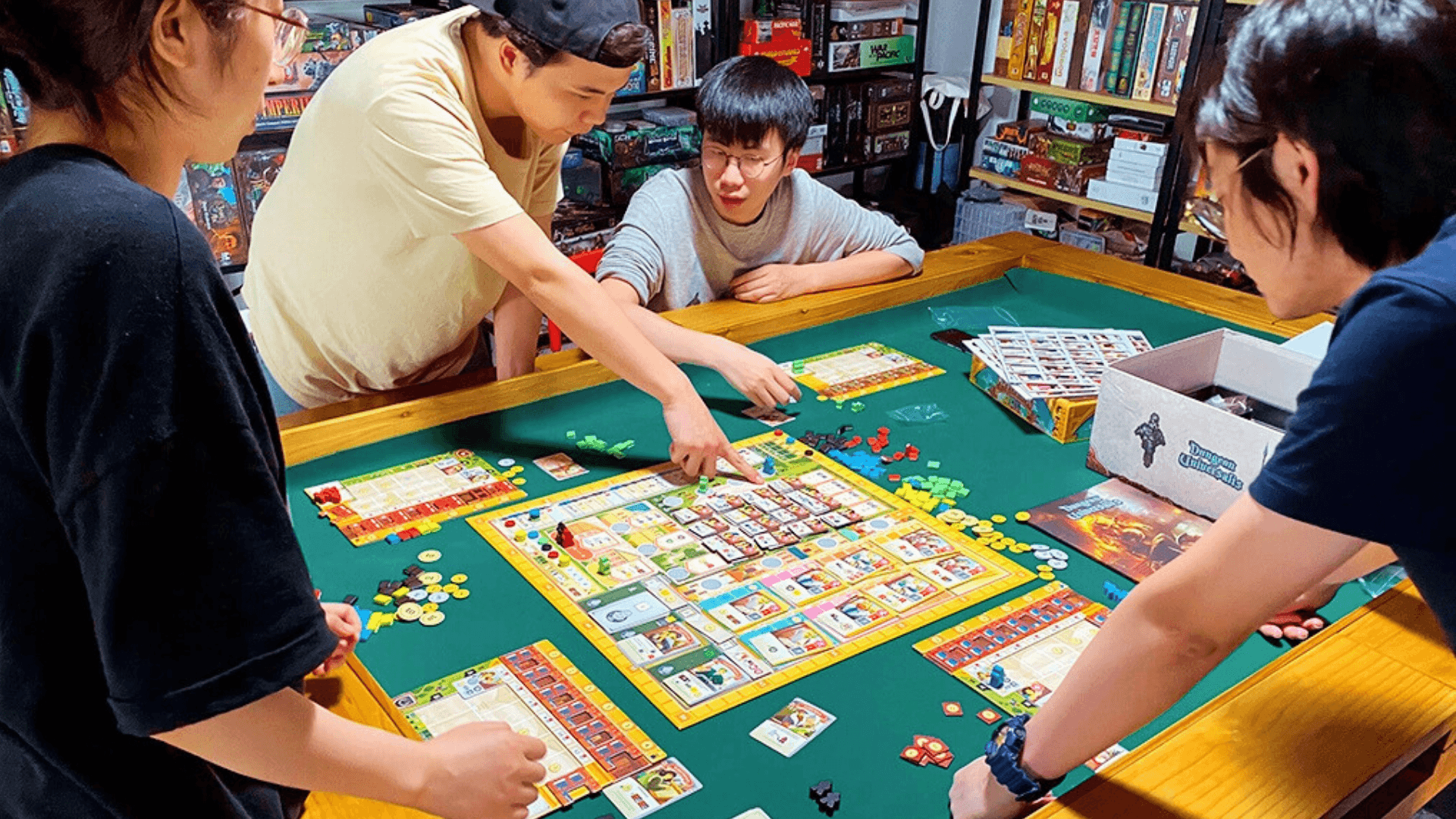
Date: 19/08/2025
Board Game Playtesting: Turning Feedback Into Better Games
When it comes to creating memorable tabletop experiences, board game playtesting is where the magic happens. It’s the stage where your design moves beyond theory and meets real players, where rules are tested, components are challenged, and your vision is put under the spotlight.
But today, playtesting isn’t just about gathering a few opinions around the table. It has become a structured, data-driven, and community-powered process that helps designers and publishers transform good ideas into truly great games. By learning how to collect and analyze feedback effectively, you can shorten development cycles, improve accessibility, and ensure your board game resonates with players everywhere.
Why Board Game Playtesting Matters
Every successful game on the market today owes part of its polish to rigorous playtesting. Without it, you risk rules confusion, imbalance, or mechanics that simply don’t land with players. With it, you gain invaluable insights: what excites, what frustrates, and what needs refining.
More importantly, board game playtesting is no longer just a design necessity: it’s a competitive advantage. In an industry filled with thousands of new releases each year, the titles that shine are those that deeply understand their audience and refine their gameplay based on real experiences.
Modern Approaches to Playtesting
The way designers gather feedback has evolved dramatically. While face-to-face sessions will always have value, digital tools and community-driven platforms now make feedback more accessible and scalable than ever:
- Remote playtesting platforms such as PlaytestCloud or Tabletopia let you run tests across different regions and capture sessions for later review.
- Smart digital forms (Typeform, Google Forms) allow you to tailor questions and keep responses consistent.
- Analytics and session tracking provide insights on timing, hesitation points, and decision-making patterns.
- Community feedback hubs on Discord or Slack foster ongoing conversation and deeper engagement with your testing group.
These tools don’t replace the energy of in-person sessions, they complement them, giving you richer and more diverse feedback for your board game.
Making Feedback Actionable
Gathering feedback is just the start. The real value comes when you analyze and apply it.
Structured approaches can help separate useful insights from noise:
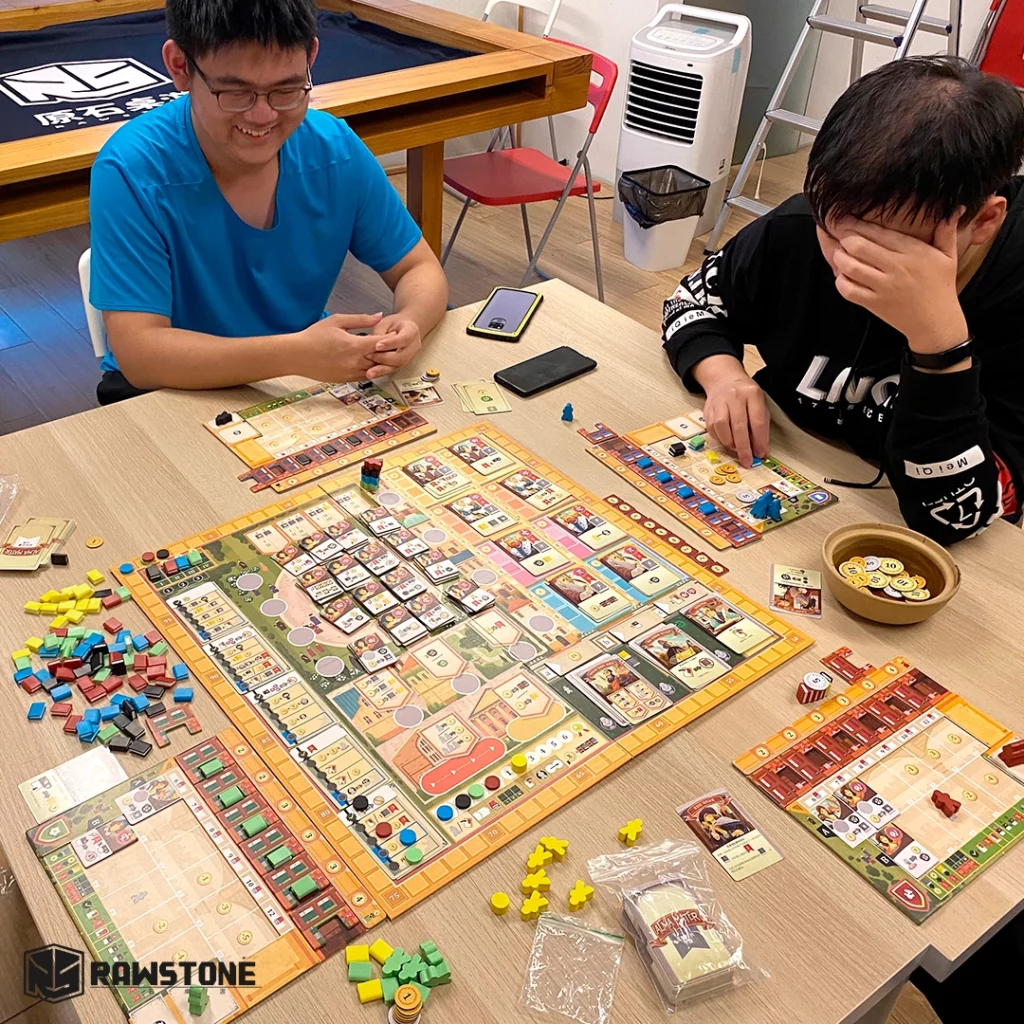
- Identify recurring patterns in player comments.
- Use sentiment analysis or AI clustering to spot common frustrations or highlights.
- Balance quantitative data (ratings, Likert scales) with qualitative stories from testers.
- Prioritize issues based on impact on gameplay, not just frequency.
In board game playtesting, a single well-spotted rules gap can matter more than dozens of minor cosmetic suggestions.
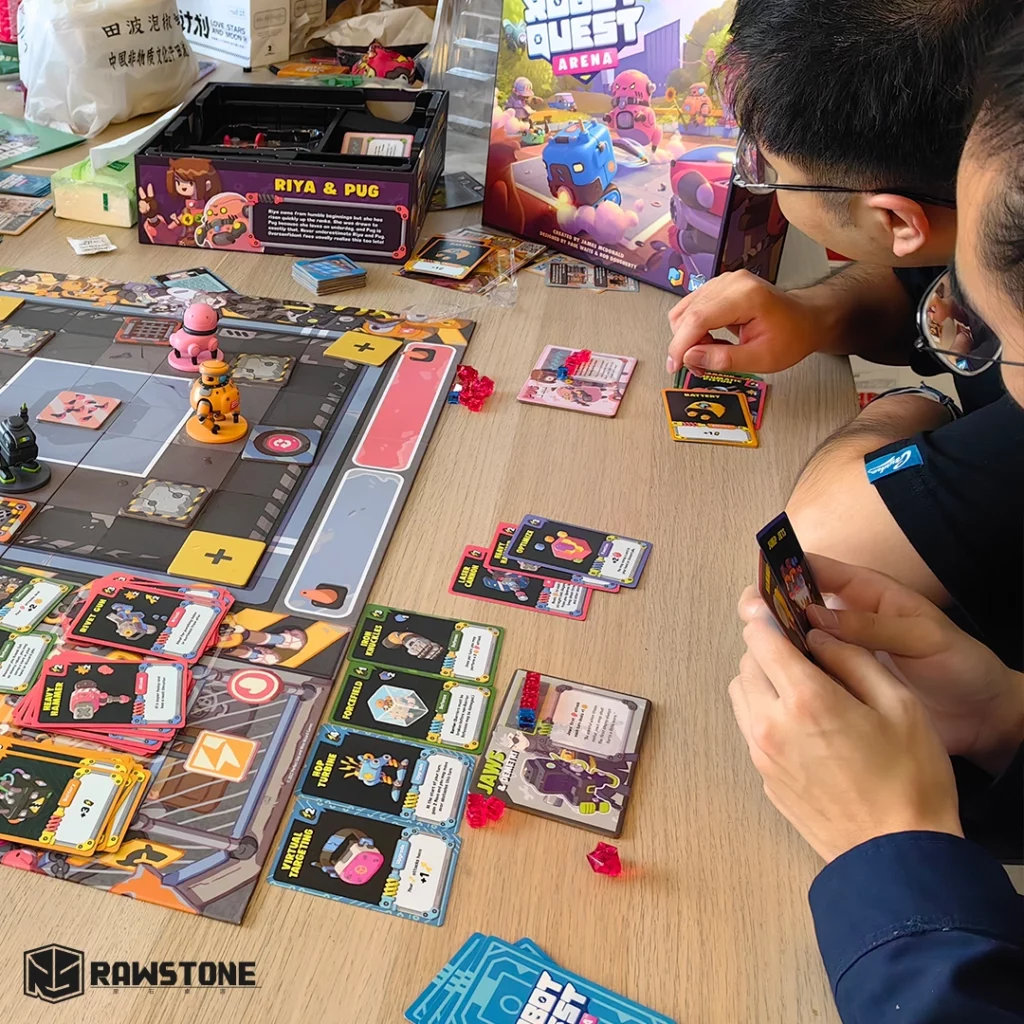
Iterating With Your Playtesters
Iteration is where feedback becomes transformation. Communicate openly with your playtesters: share the changes you’ve made, explain what feedback guided those choices, and invite them back for another round. This not only improves your game but also builds loyalty and trust within your testing community.
Recognize your playtesters, too. A simple thank-you, a credit in the rulebook, or early access to expansions goes a long way toward keeping your network engaged.
The Future of Board Game Playtesting
As the industry grows, so do the possibilities for testing and feedback. Emerging trends include:
- AI-powered assistants that collect insights during live sessions.
- Cross-platform testing to ensure a game works seamlessly in physical and digital formats.
- Accessibility-first testing, ensuring your board game is inclusive and playable by a wider audience.
- Real-time data collection, where player choices and reactions are captured instantly for analysis.
The future of board game playtesting is about making the process smarter, more inclusive, and more integrated into the design journey.
Final Thoughts
Playtesting isn’t just a box to check on your development timeline. It’s the heart of game design, where your creative vision is stress-tested and shaped by the people who matter most: your players.
By approaching board game playtesting with structure, modern tools, and a spirit of collaboration, you can transform raw ideas into unforgettable tabletop experiences.
you might also be interested...
How to Bring Board Games to China: Licensing, Localization, and Market Entry Strategies for Indie Publishers
Learn how to bring board games to China through expert localization, licensing strategy, and integrated manufacturing. A complete guide for...
> Read MoreBoard Games and Stress Relief | How Play Supports Wellbeing
Recent studies show that both board games and role-playing games can reduce stress, improve social connection, and support emotional wellbeing...
> Read MoreWhat Matters Most in Board Game Manufacturing: Cost, Quality, or Sustainability?
Discover how board game publishers weigh cost, quality, and sustainability when choosing a manufacturer.
> Read MoreFrom Worker Placement to Tile Placement: A Guide to the Most Popular Board Game Mechanics
Discover how to design sustainable board game packaging that’s eco-friendly, functional, and cost-effective!
> Read More

